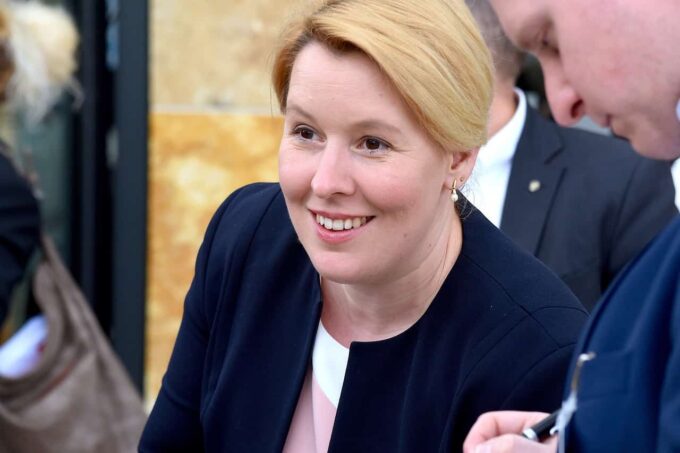Harvard University is making higher education more accessible by announcing a new tuition policy: starting in the 2025-2026 academic year, students from families earning up to $200,000 annually will not have to pay tuition. This initiative is designed to alleviate financial burdens and broaden access, particularly for middle-income students, who may also receive additional financial aid for other expenses.
“Expanding Harvard’s financial reach enhances the diversity of backgrounds, experiences, and perspectives within our student body, ultimately fostering intellectual and personal growth,” said Harvard University President Alan Garber. “By bringing together exceptional individuals to learn from one another, we unlock the full potential of our institution.”
Increased Support for Low-Income Students
The new policy also ensures that students from families earning less than $100,000 annually will have all major expenses covered, including tuition, housing, and food. With this change, Harvard estimates that nearly 90% of accepted U.S. students will qualify for some form of financial aid.
“This investment in financial aid is aimed at ensuring that every admitted student can pursue their academic ambitions without financial constraints,” said Hopi Hoekstra, the Edgerley Family Dean of the Faculty of Arts and Sciences. “Harvard remains committed to admitting the most talented students, regardless of their financial circumstances.”
A Trend Among Elite Institutions
Harvard’s move aligns with similar policies at other top universities. Tuition for the current academic year is $56,500, with total expenses, including housing and food, reaching $82,866. The financial aid expansion comes at a time when rising college costs have fueled debates about the value of higher education.
Robert Kelchen, a professor at the University of Tennessee, Knoxville, specializing in educational policy, noted that other flagship institutions have introduced similar programs. However, Harvard’s initiative sets a higher income threshold than most. “Harvard has more resources than any other institution, so this won’t be a significant additional cost for them,” Kelchen said. He also pointed out that this announcement comes amid increased scrutiny of elite universities.
Student Reactions and National Impact
The rising costs of higher education have led to skepticism about the return on investment of a degree. However, research from Georgetown University’s Center on Education and the Workforce suggests that, over a lifetime, individuals with a bachelor’s degree earn a median of $2.8 million—75% more than those with only a high school diploma.
Harvard students have welcomed the financial aid expansion. “It’s amazing to see Harvard making education more accessible,” said Skye Lam, a 20-year-old undergraduate from New York City. “More universities are stepping up their financial aid programs, and it’s making a real difference.”
Kaine Bivens, an 18-year-old physics and astrophysics student from Fort Worth who received full financial support due to his family’s income, said the policy is a game-changer. “A lot of kids miss out on education because of the cost. It’s great to see Harvard prioritizing opportunities for those who need them most.”
Other Universities Following Suit
Several prestigious institutions have recently introduced similar initiatives. Last November, MIT announced that students from families earning less than $200,000 would receive free tuition, raising their previous income cap from $140,000. Similarly, students from families earning under $100,000 will have all expenses covered.
In October, UMass declared that Massachusetts students from families making up to $75,000 could attend all four undergraduate campuses tuition-free. The University of Michigan followed in December with an announcement that in-state undergraduate students from families earning up to $125,000 would also receive free tuition.
With rising college costs a growing concern for families nationwide, Harvard’s initiative adds to the momentum of making higher education more financially accessible for students from a wide range of economic backgrounds.














Leave a comment